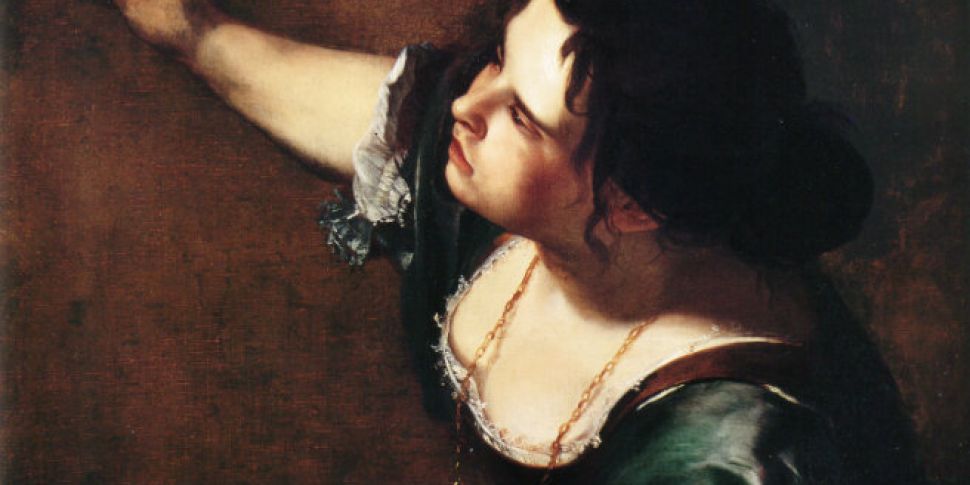I have forced myself to contradict myself in order to avoid conforming to my own taste – Marcel Duchamp
At the start of the 20th century the world of art was in the middle of a drastic metamorphosis. There had been massive developments in science and social thought in the previous century and the world’s modes of thinking were rapidly changing as a result. In art traditional representations of the world were being abandoned in favour of more abstract forms. The outbreak of the First World War accelerated these changes as people reacted to total war and its ravaging costs.
One of the main figures leading the radical charge of change in the world of art was a young Frenchman named Marcel Duchamp. Born into a family of artists in 1887 Marcel followed the example of his two older brothers and began to practice art earnestly at the age of 14. His official training was very typical of the time with an emphasis on the traditional and an attempt to deny the progressive styles blossoming across France and the wider world. His teacher’s influence could not reach into the Duchamp home, however, and Marcel became ever more interested in the progressive work of his brother, Jacques Villon.
What little hope his teacher had of Marcel becoming a traditional painter quickly evaporated as Duchamp’s career as an artist took off. Like most young artists Duchamp spent his early years searching out the ever elusive boundaries of art. Where Duchamp differed from other artists, however, was in that he never settled into any particular style or mode. As the boundaries of art were pushed further and further back during the first half of 20th century Marcel remained at the forefront of the progressive movement; leaving many contemporaries behind as they settled into their niche and welcoming new generations beside him on art’s frontier.
 'Fountain' by Marcel Duchamp, 1917
'Fountain' by Marcel Duchamp, 1917
Though he was close to many artistic groups and movements Duchamp never joined any of them, choosing instead to remain wholly independent. This didn’t stop him from being very closely associated with Dada and their attempts to rework the world by breaking free of the moulds handed down from previous generations. It was their shared interest in recasting the artist and challenging the meaning of art that brought Duchamp and the Dadaists so close; and which would lead Marcel to create the most influential artwork of the 20th century, ‘Fountain’.
In 1917 Duchamp submitted, under the name R. Mutt, a urinal for the exhibition of the Society of Independent Artists. Though the committee refused to exhibit Mutt’s ‘Fountain’ the piece became the epicentre for a new debate that changed and continues to dominate the world of art: who decides what art is? ‘Fountain’ became the opening shot in the assault on the artistic establishment. Widely regarded as the first piece of conceptual art, ‘Fountain’ was quickly joined by others as Duchamp created more art from found objects. These ‘readymades’ revolutionised the art world as people began to assert that, it is art because I say it is.
Despite his best efforts at remaining artistically fluid Duchamp’s name become tied to this ‘readymade’ art. In an ironic twist Duchamp’s main attack on the artistic establishment has in itself become the keystone for a new artistic establishment with figures like Andy Warhol and Damien Hurst at its heart with their own versions of ‘readymade’ art. Join Susan as she talks with Thomas Girst about his latest book, ‘The Duchamp Dictionary’, and the a-z of this great artist’s life and work.
Before this, however, Susan talks with art historian James Hall about his new book, ‘The Self-Portrait: a Cultural History’, and how artists have painted and represented themselves in a myriad of different mediums through history. Far from being a simple exploration of the great artists renowned for painting or sculpting their own features Hall has broadened his net to include all artistic works that reflect their creator out onto the world. This move sees works like Tracey Emin’s tent lined with the names of everyone she has slept with dissected beside van Gough and Rembrandt’s simple paintings.
Hall’s examinations go far beyond the superficial, however, and explore what exactly each self-portrait can tell us about the artist and the society to which they belong. Susan travels through history with James Hall. Join ‘Talking Books’ as we gaze back at artists from behind their self-portraits and see the worlds behind them. When did the self-portrait begin? Why are we so obsessed with these self composed representations of the self? And what can we learn from the history of the selfie?










